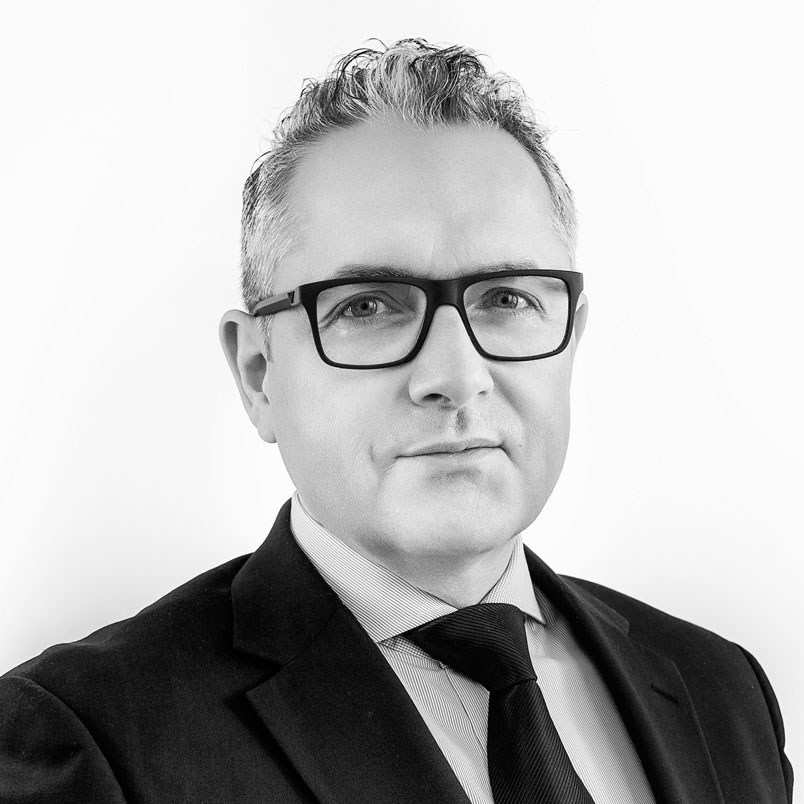Healthcare is changing and evolving around the world, and nowhere is this more evident than in the Middle East. With the rise of digital healthcare and other expanding and innovative approaches to hospital and care centre designs, the landscape has been evolving with a clear focus on improving the patient experience.
In the past functionality may have been achieved at the expense of comfort. Research evidences that hig- quality patient care and recovery rates can be improved through careful design for better patient outcomes. With regional targets and standards being firmly put in focus by governments across the GCC, and specifically within the UAE, in Dubai and Abu Dhabi, the healthcare services in Middle East are increasingly improving to deliver to international standards.
The way that hospitals are designed and built has changed considerably in recent years, in a way that is positive for the patient. While functionality and cost will always be considerations, other factors are incre
There have been many studies into how design, light, providing scenic views, displaying art and other non-medical elements influence patient wellbeing. Vibrant and welcoming spaces can reduce stress, lower blood pressure and be a positive distraction for patients, visitors and staff enabling the environment to facilitate healing. These are vitally important ingredients to incorporate in the design of the building and the build process thereafter. An example of design for healing can be seen at the Sheikha Salwa Al-Sabah Centre for Stem Cell and Umbilical Cord in Kuwait. Clean lines with a focus on enabling natural day light to enter internal spaces provide patients with tranquility and invite a sense of calm while undergoing treatments.
The challenge of designing a medical facility can be considerable. The creation of safe and secure, well equipped, functional spaces that work in relation to each other can make the difference between life and death. Efficient floor planning must be aligned with the philosophy of the organisation in respect of patient care and engagement and be supported by the necessary technology in order for well-planned buildings to deliver the best environments for patients, visitors and medical staff.
Architecture and medicine are team-based activities. Medical teams bring clinicians and medical staff members together to deliver holistic patient care. The collaboration between pharmacists, social workers, lab technicians, nurse practitioners and many more specialists drives the need for a variety of treatment spaces. It also requires a level of coherence of staff spaces, requiring prescribed adjacencies of workspaces to enable them to function efficiently.
Recent developments in the Middle East suggest that countries are enhancing their capacity, making the GCC a hub for healthcare. Dubai and Saudi Arabia are aggressively building an increasing number of hospitals, of greater size, followed by Kuwait and Qatar. In the UAE, Dubai has launched the worlds first medical tourism portal, where international medical tourists can book procedures, with discounted travel rates and visas. The medical tourism initiative in the UAE has set a target of receiving over 500,000 international medical tourists by the year 2020, underlining the determination for increased medical capacities in the Emirate.
SSH holds a growing portfolio of prestigious healthcare projects and is currently working on the largest specialist pediatrics hospital of its kind in the world. It will be a landmark project for the Kuwaiti Ministry of Public Works and Ministry of Health, consisting of 792 beds with diagnostic and treatment facilities capable of treating patients from across the Middle East. It will have the capacity to cater for the healthcare needs of 4.5m people.

Modern healthcare provision in the Middle East is taking an evolutionary turn, adding a dimension of luxury that currently can only be found in this part of the world. As innovation and the requirements for different types of hospital has grown, so have the demands made on master planning and design teams. Architects could now take inspiration from the levels of comfort in hotels or the communication connectivity in office spaces for example and incorporate them into healthcare design.
When doing so they will need to retain the necessary hospital layout requirements, enabling the next generation of healthcare services to be delivered in comfortable healing environments, providing privacy in addition to efficient operations and management. It will not be long before there is a 5* hotel in a hospital.
Additionally, a new field of study that emphasises the significance of credible evidence to influence healthcare design, known as, Evidence-Based Design (EBD) is employed by SSH. It provides a mechanism for clients and designers to incorporate empirical evidence to best design healthcare environments. By introducing positive distractions (artwork, entertainment and nature) designers are able to improve patient healing, reduce stress, increase safety and reduce the need for infection control. All result in fewer staff errors and positively impact on patient outcomes.
To support the delivery of accurate information, SSH also applies BIM software to produce coordinated sets of complex data, while Codebook and Activity Data Base (ADB) are used to assist with the production of repetitive information for example. Used wisely these tools deliver direct cost savings throughout the life of a project enabling shorter delivery periods and securing the standardisation of information. In unison, as an ongoing process they bring positive financial benefits to any investment in healthcare facilities.
SSH has extensive experience in the sector across the globe. Its rich talent pool of shared professional expertise and knowledge is invaluable in a sector where design integrity matters, and facilitates collaboration with clients to create buildings that assist with the healing process. The ultimate goal at SSH is to lead the design of the expanding national healthcare system in the UAE, continuing to produce world-class architecture that facilitates faster recovery, improving the standard of care offered by the hospitals operators.
With the growth of the healthcare sector in terms of hospitals and the growing specialised healthcare workforce, alongside the technological developments, SSH is well placed to lead healthcare design into a new gold standard generation of healthcare.




